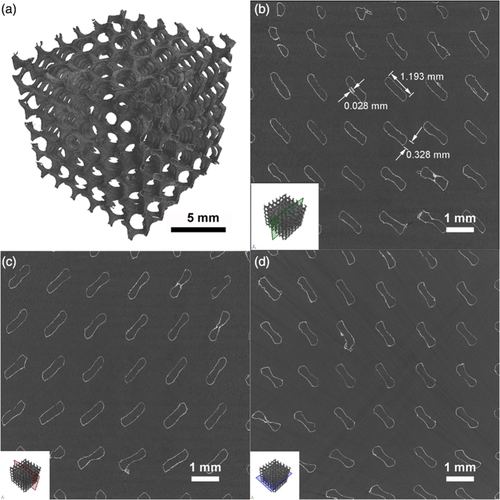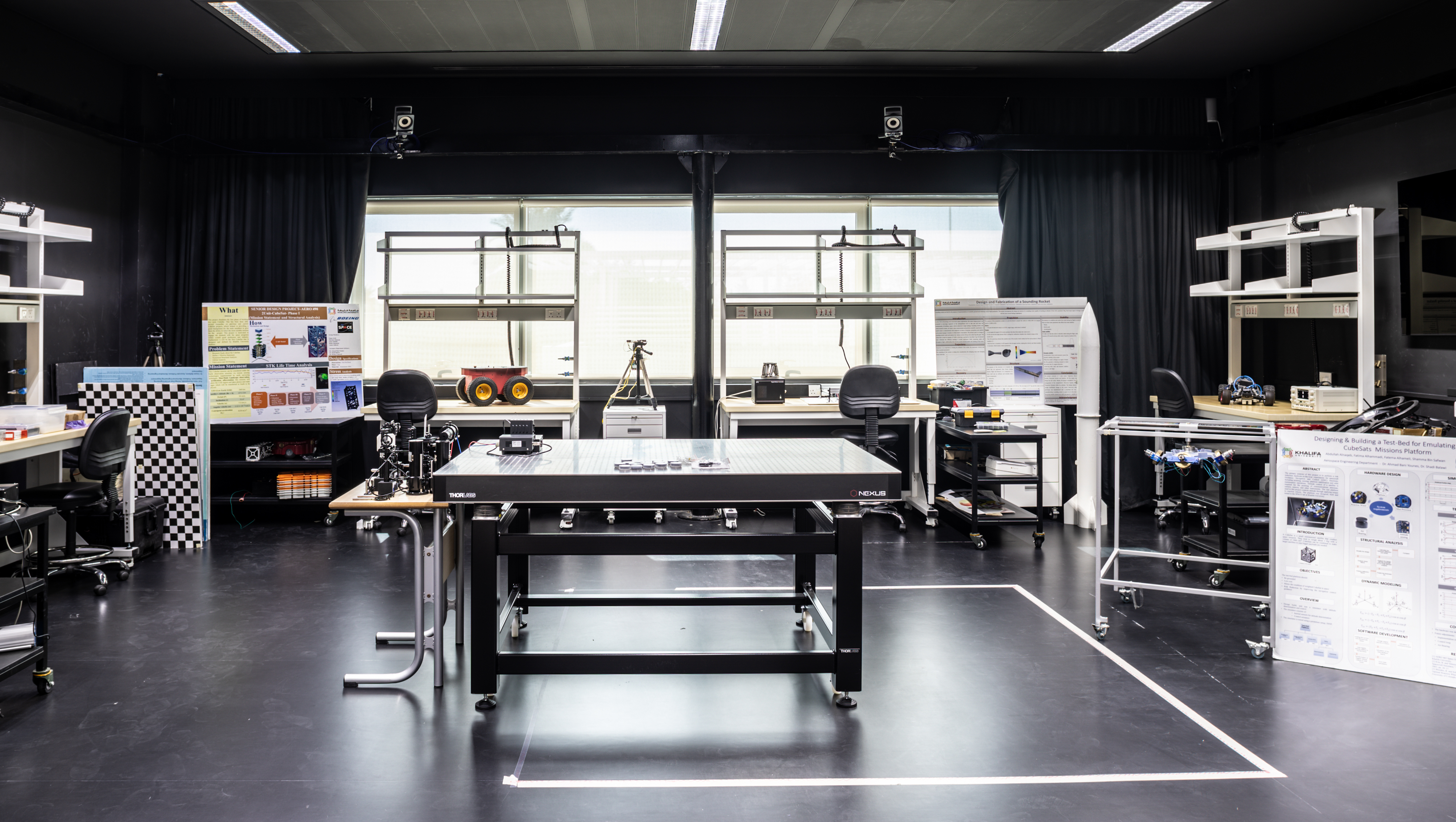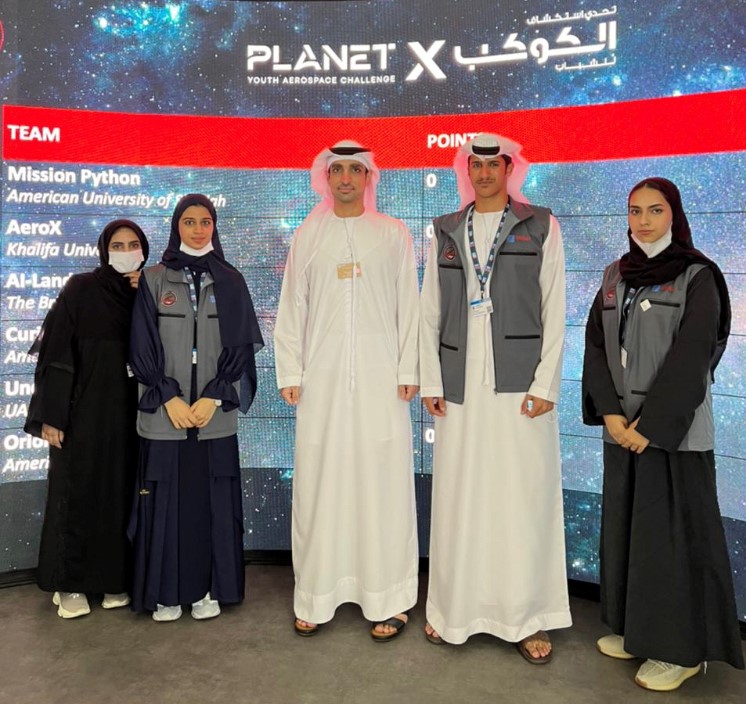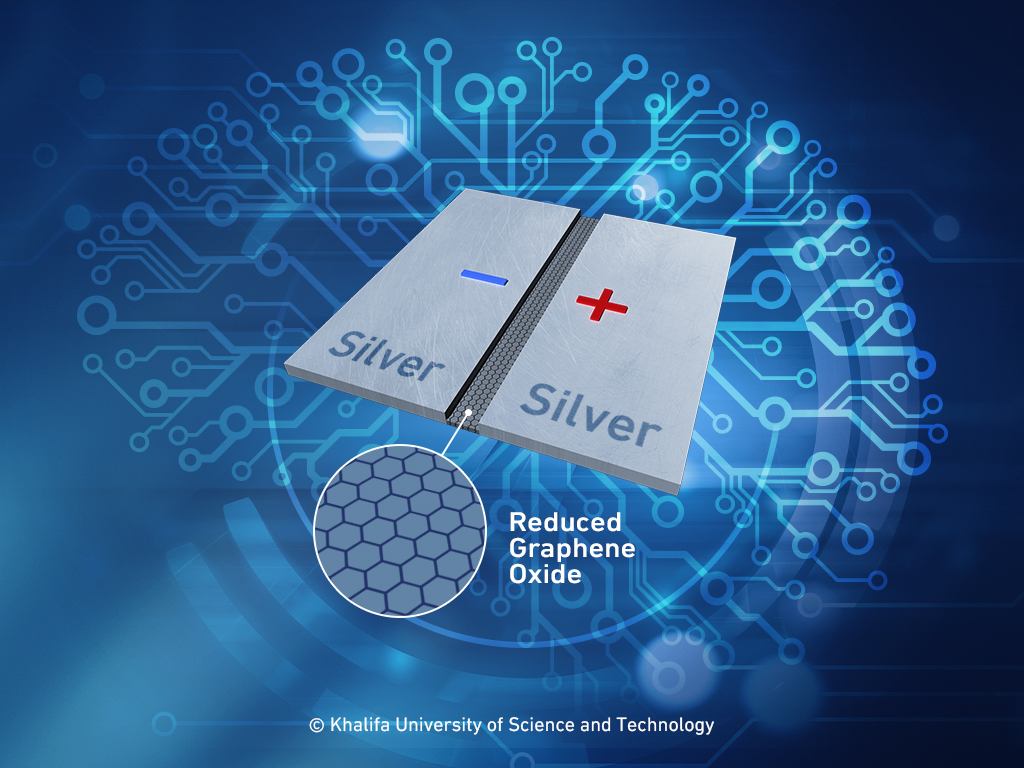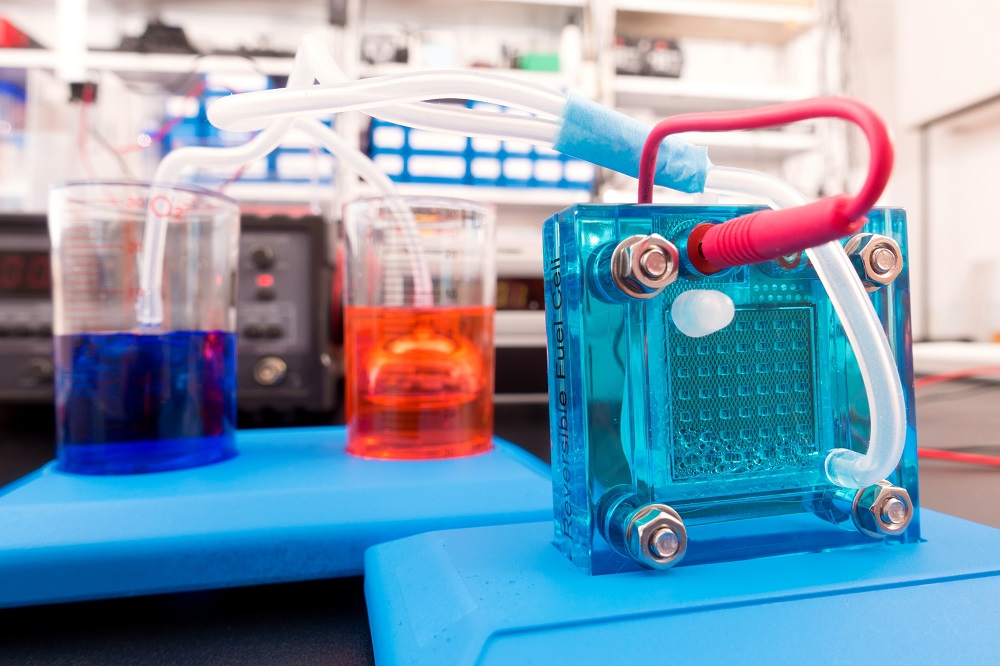
A continued reliance on fossil fuels for energy production is not sustainable, particularly as energy demand continues to rise in parallel to the industrialization of developing countries and world population growth. Not only does reliance on the combustion of fossil fuels result in greenhouse gas emissions detrimental to the environment, it also creates energy security challenges given that oil, coal, and natural gas are geographically concentrated and subject to volatile prices.
Imagine being able to use noxious Hydrogen sulphide (H2S), a waste material widely found in the UAE oil and gas industry, to generate energy in a clean, sustainable way. A recent Khalifa University PhD graduate, advised by Dr. Giovanni Palmisano and co-advised by Dr. Khalid Al-Ali, investigated this question, researching the best way to produce hydrogen from hydrogen sulphide. By freeing hydrogen—a zero-emissions fuel source—from hydrogen sulphide, the toxic gas becomes harmless and the liberated hydrogen can be used in fuel cells or power plants to generate clean electricity.
But separating hydrogen is not easy—it requires a lot of energy and expensive materials. Existing separation techniques that use catalysts are expensive and limited. Many face challenges with the catalysts’ tendency to become deactivated, rendering the catalyst unable to carry out the required reactions.
The PhD graduate Habeebllah Oladipo, developed a model to predict the deactivation of a titanium dioxide catalyst and to select the proper operational conditions to avoid this. Oladipo successfully defended his thesis earlier this month and saw his work published in the journal Applied Catalysis B: Environmental.
“The current dependence on fossil fuel has led to a huge increase in greenhouse gas emissions,” explained Oladipo. “With the projected increase in world energy demand, alternative energy sources need to be found. Sustainable hydrogen production could be an ideal replacement thanks to its high energy value and environmentally friendly by-products from combustion or use in fuel cells.”
Significant research into powering the world with hydrogen is underway. In particular, research into photocatalysis, a process that involves accelerating a chemical reaction using a zap of light and a catalyst, is being conducted to find the most efficient way to split hydrogen from compounds like water and hydrogen sulphide. In a typical photocatalytic process, a semiconductor-based photocatalyst is irradiated with a specific wavelength of light with energy greater than its bandgap energy, and electrons and holes are generated, triggering a redox reaction – the reaction that liberates hydrogen.
Practical applications of photocatalysis were made possible through the discovery of water electrolysis (the splitting of water) by means of titanium dioxide (TiO2). TiO2 is a highly-stable and non-toxic metal oxide, and can be used in electrochemical photolysis of water when connected with platinum electrodes. Ultraviolet light is absorbed by the former, with electrons migrating from the TiO2 conduction band to the platinum cathode, with hydrogen production occurring at the cathode.
“Compared to other photocatalysts, TiO2 offers a great range of benefits, such as chemical inertness, photostability, cost-effectiveness, and ease of preparation,” explained Oladipo.
TiO2 photocatalysts produce hydrogen cleanly and efficiently, as an alternative to hydrogen production from natural gas reforming and gasification. This process can be made even more efficient, however, by incorporating a noble metal to increase photoactivity.
“The quick recombination of the photogenerated carriers poses a challenge for hydrogen generation,” explained Oladipo. “One technique to circumvent this is to decorate titanium dioxide with noble metal nanoparticles such as platinum and gold. Firstly, noble metals drive electrons away from holes by serving as an electron sink, thus minimizing electron-hole recombination. Secondly, they create Schottky barriers, enabling the efficient trapping of the photogenerated electrons available for the reduction of photo-adsorbed reactants to hydrogen.”
“The most common technique employed in the industry for hydrogen sulphide removal from a natural gas stream is scrubbing with an alkaline solution,” explained Oladipo. “My research studied the photocatalytic production of hydrogen following the absorption of hydrogen sulphide in sodium hydroxide aqueous solutions.”
Oladipo’s research showed that under certain reaction conditions, photocatalytic hydrogen generation from hydrogen sulphide can be run consistently without significant loss of activity when using a novel platinum-decorated catalyst layered with TiO2. The results showed that hydrogen production increased linearly with the concentration of bisulfide ionic species until it reached a critical value, after which it declined to negligible levels. This was found to be caused by competition for active site between sulphide and bisulfide ions. Furthermore, reusing the catalyst means this process is more sustainable than previous methods.
Multiple tests were conducted, with the research concluding that the reaction mechanism primarily involves sulphide ions, which will allow for further optimization of reaction conditions and the future development of pilot reactors for the photocatalytic production of hydrogen from hydrogen sulphide gas.
Jade Sterling
News and Features Writer
5 May 2020


